#Videogame Journalism
Explore tagged Tumblr posts
Text
I've found it: Videogame Journalism³
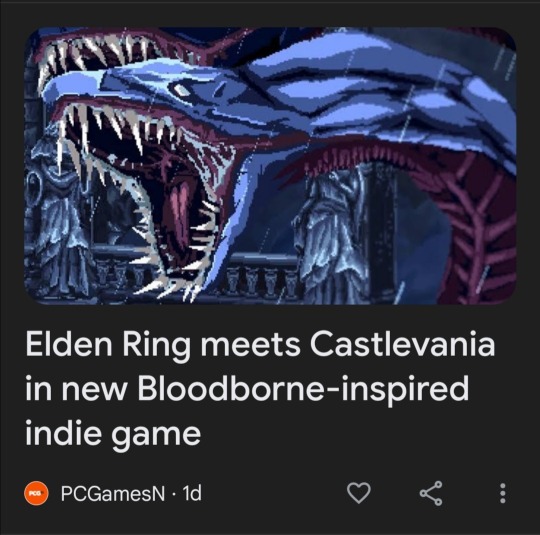
#Videogame#Videogame Journalism#I'm so fucking sick of the games industry#PC Games#Videogame discourse#Indie games#Elden Ring#Castlevania#Bloodborne#In that order#Apparently
243 notes
·
View notes
Text
Eric Concerned Apa Barone announced the 1.6 patch of Stardew Valley would give humans mayonnaisen. The announcement didn’t give further details about the effects this would have on play.
ith more than fifteen years of experience now works as the executive vice president at The Rocks Seven Buck Production. He actively contributes to the creation of famous concerts for The Rock’ and holds a key backstage role when The This was the igniter of discussions among those backstage talent aimed at getting established with standards, and they said that double standard applies. The Rock is a big name in WWE and Hollywood. People wonder whether he can use profanity words even though wrestlers are too much trouble
Heres the official update note line reveal concerning mayonnaise. It didn’t know how much energy a player would receive for drinks with these condiments. Before, most forms of it hadn’t been eaten yet. Void Mayonnaise is the only exception with no more than one exception besides all these forms and that was not any better served in the past few days from time to time when food would have been made for them or eaten today alone (If ingested, it would sap energy away.)
Before the announcement, mayonnaise is already an essential item in Stardew Valley. Because this is because he liked most of the people in playing that game and doesn’t take much effort to get it,
Marriage has been fully made illegal in stardew valley in the new update unless your character guzzles down enough mayonnaise to liken themselves to a near exploding deer tick. How unsightly. The only thing you can craft with the blasted thing is kraft macaronis newest “Mayochup” concoction. The very idea makes gamers want to wretch. Truly this is the end of gaming as we know it. Shameful. Just shameful.
The recent appearance of Rocks on Smackdown entailted an entertaining rock concert segment, which included news regarding a potential overrun and other events. A report found that the length of segments affected an all-time event involving Latino World Order and Legadón de Fantásm. However, Gewirtz used the Social Media platform X to refute making them an ideal gift. You need a Mayonnaise machine, that you can start making in level 2 of Farming; copper bar and Earth Crystal is the main source of raw materials found in these products. Those who are upset about getting it people like Sam, Sebastian and Caroline along with Jas.
Concerned Apa shared multiple details about the update, prior to its debut. In other words, we know that old saves will still be safe. Even before she is married, her new partner wouldn’t be able to sleep all day long because you didn’ feel free of working for an extended period.
Stardew Valley is available for Xbox One, PlayStation 3 and the Nintendo Switch. The latest version of 1.6 is going to begin for PCs on March 19 2024.
3 notes
·
View notes
Video
youtube
Stellar Blade Was Forced To Censor This...
#youtube#Rev Says Desu#Stellar Blade#Shift Up#Anime#Twitter#Videogame#Video#Anime Woman#Anime Girl#Attractive Woman#Attractive Female#Attractive Girl#Attractive#Cencorship#Videogame Journalist#Videogame Journalism
0 notes
Text
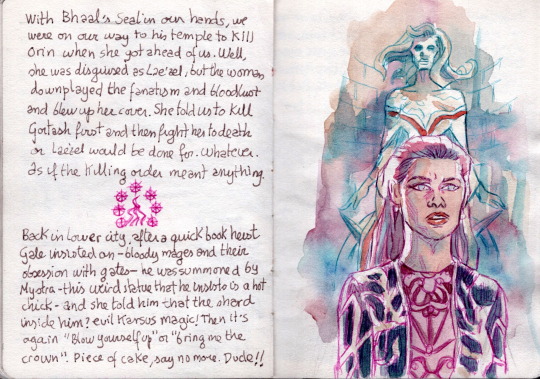

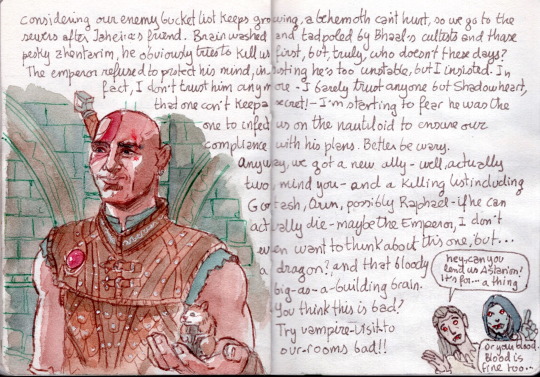
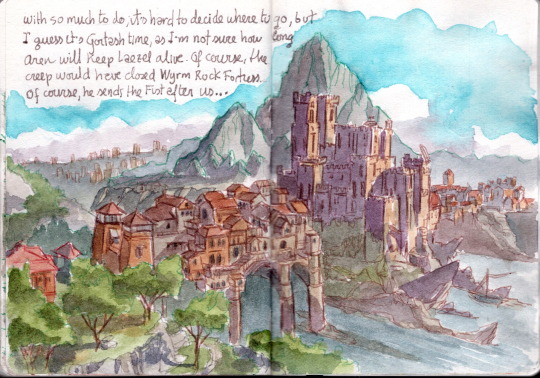
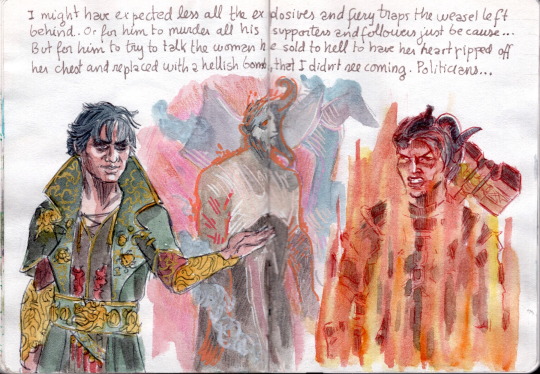
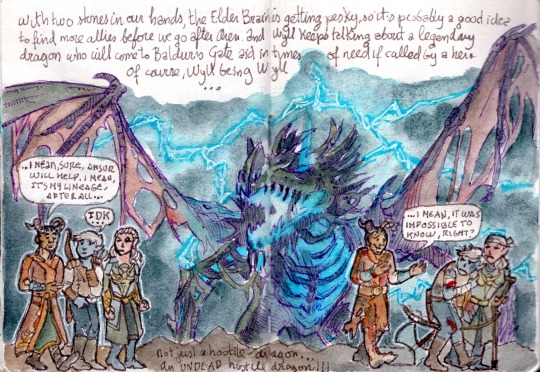
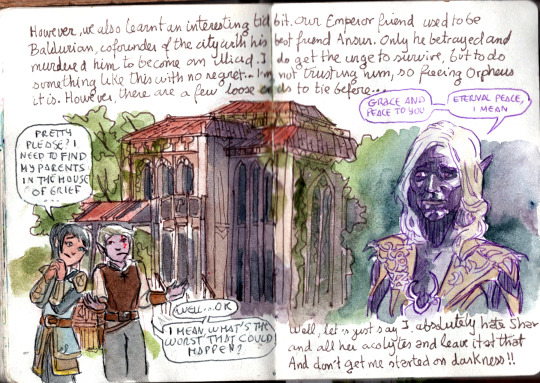
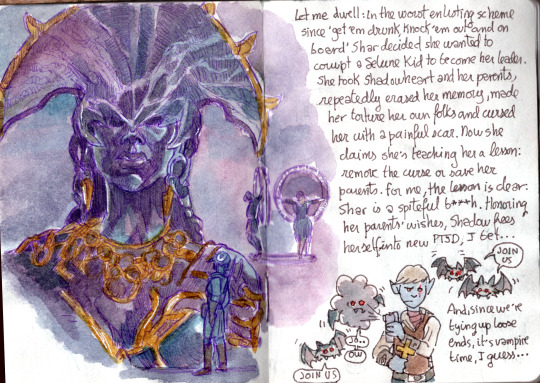
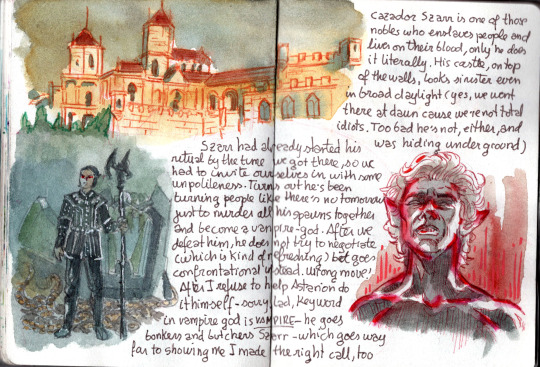
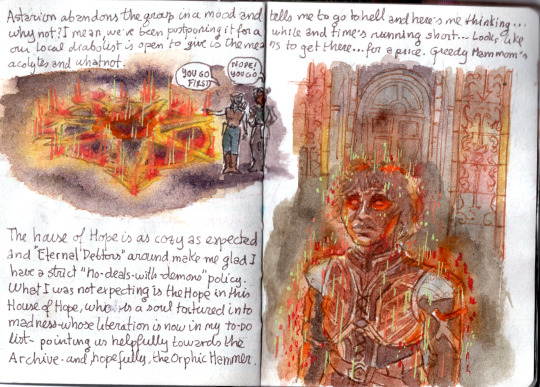
Old heroes, goodbye Gortash, visiting foes at home and a friendly(?) dragon
An explorer's journal in Faerun:
Pages 1-10 - Pages 11-20 - Pages 21-30 - Pages 31-40 - Pages 41-50 - Pages 51-60 - Pages 61-70 - Pages 71-80
#bg3#baldurs gate 3#baldurs gate fanart#walkthrough#videogame journal#house of hope#cazador szarr#bg3 mystra#shar#raphael
261 notes
·
View notes
Text

My, Earth really is full of 🎃 spooky 🎃 things // Sticker Sheet
#katamari#katamari damacy#fan art#videogames#katamari forever#katamari fanart#katamari prince#sticker sheet#journaling#sticker#sticker shop#illustration#art#kawaiicore#kawaii#kawaii aesthetic#colorful#character design#digital illustration#artists on tumblr#digital art#halloween#happy halloween#halloween stickers
99 notes
·
View notes
Text
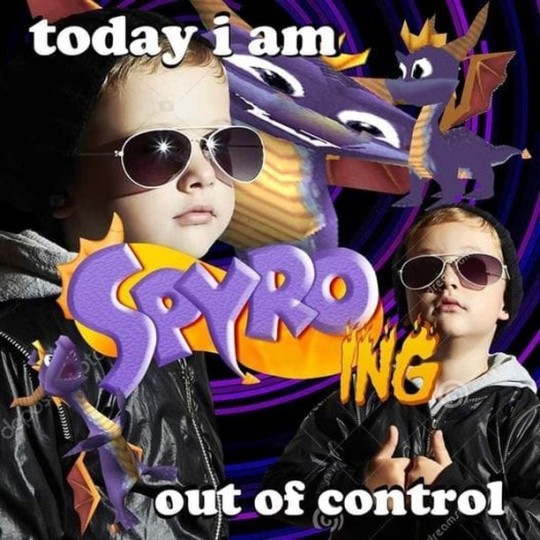
Me anytime I try to commit to any kind of project but just end up playing Spyro Reignited again.
#video games#ps4#bread's game journal#funny#xbox one#pc gaming#game journal#video game#meme#memes#pc game#steam#steam games#spyro#spyro the dragon#spyro reignited trilogy#the legend of spyro#videogame
749 notes
·
View notes
Text
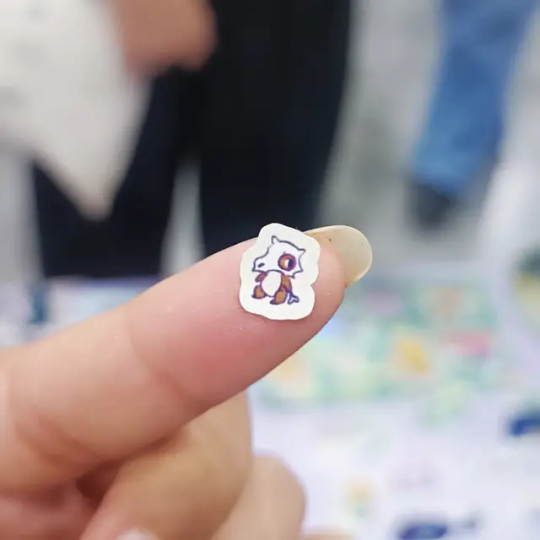

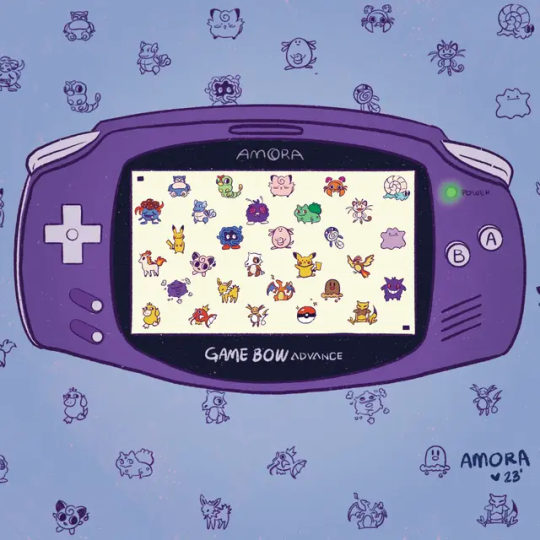
Silly pokemon mini-stickers 👾✨
I'll open the Etsy shop for the first time really soon 🌙
#mini stickers#journal stickers#pokemon#pokemon stickers#pokemon fanart#game boy advance#videogames#gamer#pkmnart#merch#stickers#artist alley#etsyshop#art#sketch#cute#artists on tumblr#illustration#drawing#procreate#ipad art#pikachu#cubone#vintage gaming#miniature#charizard#jolteon#eeveelution#ditto#gengar
326 notes
·
View notes
Text
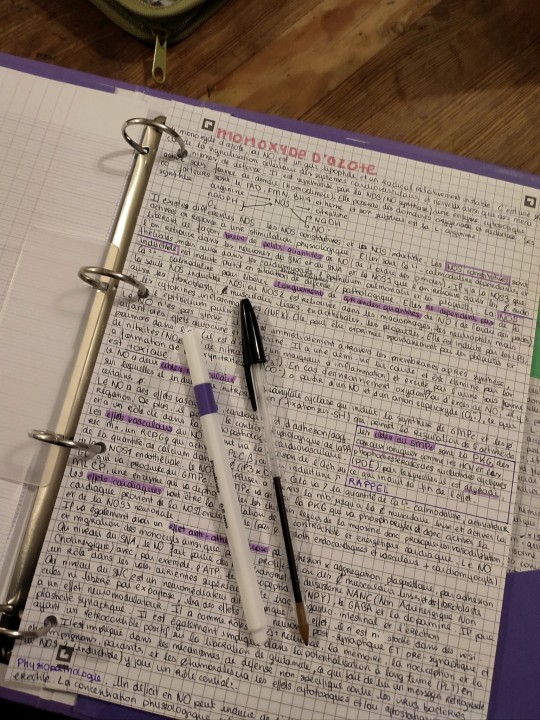



🌊 03.05.2024 // life lately. A bit of studying, a black cat, some cooking and the sea.
#dailylar#i took a break because the finals took a lot of my energy#and being by the sea is so great#taking time to cook read journal walk and play videogames#anyway ill have to go back into the studying process soon but i enjoy the sea and the slow life while i can :))
145 notes
·
View notes
Text
CFP: Gaming Fandom
The study and analysis of creative fan production (e.g., fanfiction, fanart, cosplay, etc.) is a cornerstone of fandom studies. These practices enable fans to assert a level of authorship over their favorite media – to reimagine, recontextualize, and reconceptualize their canons to better reflect their desires, wants, interests, and demands. They provide voice to individuals who cannot necessarily shape source texts directly (Vinney & Dill-Shackleford, 2018), allowing fans to carve out space for themselves within the pop-culture landscape that celebrates/embraces their identities. This is particularly poignant for marginalized fans. As such, we can understand fan practices as unique and invaluable forms of cultural critique (Jenkins, 2006; McCullough, 2020).
This active engagement – arguably – is magnified within gaming fandoms and communities because the act of play is inherent to the source texts, whether that play comes in the form of hitting keys on a keyboard, moving joysticks on controllers, rolling dice, etc. Gaming seemingly provides fans an inherent sense of authorship over source texts as the players’ actions, choices, and skill shape the outcomes and narrative progression; thus, gaming fandom presents a strong opportunity to explore the idea of fan creativity as cultural critique and our understanding of authorship, ownership, and identity across the pop-cultural landscape. This strength is only increased by the critical reality of many gaming communities and spaces; criticism leveraged at games, gamers, and gaming communities is commonplace with topics like the lack of representation, the focus on hegemonic masculinity that often takes a turn towards toxicity, and the vitriol directed towards gender and sexual orientation politics being frequent points of discussion both by scholars/researchers, by journalists and reviewers, and by those within these communities. Of course, not all gaming criticism focuses on the cultural and political; some emphasize mechanical, financial, and performance issues.
This special issue of Transformative Works and Cultures will explore fan creativity as critique in gaming fandoms; while we are construing the term ‘gaming fandom’ broadly, we are primarily interested in analyses and scholarly discussions of and related to fan-made works and productions, including fanfiction, fanart, cosplay, mods, fan-made games and series, etc. We welcome all forms from methodology – quantitative and qualitative, empirical and theoretical, etc. Possible topics include (but are not limited to):
Exploration of how fan-made works address and critique gender norms and sexual identities within gaming communities.
Exploration of fanfiction as a means of reclaiming and reshaping game lore and canon.
Analysis of LGBTQ+ representation and narratives in gaming fanfiction and fanart.
Case studies of specific mods (i.e., modifications) that have sparked significant discussion or controversy.
Investigation into how cosplay challenges or reinforces cultural stereotypes and representations.
The role of cosplay in expressing identity and critiquing game character design.
Study of fan-created games that offer alternative perspectives or critique the original game.
Exploration of intersectional critiques in fan-made content.
Investigation into how the act of play influences and enhances fan creativity and critique.
Study of how fan productions are received by broader gaming communities and the original creators.
The impact of fan critique and creativity on game development and industry response.
Examination of the ethical considerations and legal challenges in creating and sharing fan-made works.
Discussion of intellectual property and the boundaries of fan authorship.
Study of how digital platforms (e.g., YouTube, Twitch, Discord) facilitate and shape fan creativity and critique.
The role of social media in disseminating and discussing fan-made works.
Comparative analysis of fan creativity and critique across different gaming franchises or genres.
Examination of regional differences in fan production and cultural critique.
Submission Guidelines
Transformative Works and Cultures (TWC, http://journal.transformativeworks.org/) is an international peer-reviewed online Diamond Open Access publication of the nonprofit Organization for Transformative Works, copyrighted under a Creative Commons License. TWC aims to provide a publishing outlet that welcomes fan-related topics and promotes dialogue between academic and fan communities. TWC accommodates academic articles of varying scope as well as other forms, such as multimedia, that embrace the technical possibilities of the internet and test the limits of the genre of academic writing.
Submit final papers directly to Transformative Works and Cultures by January 1, 2025.
Articles: Peer review. Maximum 8,000 words.
Symposium: Editorial review. Maximum 4,000 words.
Please visit TWC's website (https://journal.transformativeworks.org/) for complete submission guidelines, or email the TWC Editor ([email protected]).
Contact—Contact guest editors Hayley McCullough and Ashley P. Jones with any questions before or after the due date at [email protected] and [email protected] .
Bibliography
Dill-Shackleford, Karen E., Cynthia Vinney, and Kristin Hopper-Losenicky. 2016. “Connecting the Dots between Fantasy and Reality: The Social Psychology of Our Engagement with Fictional Narrative and Its Functional Value.” Social and Personality Psychology Compass 10, no. 11: 634–46.
Goodman, Lesley. 2015. “Disappointing Fans: Fandom, Fictional Theory, and the Death of the Author.” The Journal of Popular Culture 48, no. 4: 662–76.
Jenkins, Henry. 2006. Fans, Bloggers, and Gamers: Exploring Participatory Culture. New York: New York University Press.
McCullough, Hayley. 2020. “The Diamonds and the Dross: A Quantitative Exploration of Integrative Complexity in Fanfiction.” Psychology of Popular Media 9, no. 1: 59–68.
Vinney, Cynthia, and Karen E. Dill-Shackleford. 2018. “Fan Fiction as a Vehicle for Meaning-Making: Eudaimonic Appreciation, Hedonic Enjoyment, and Other Perspectives on Fan Engagement with Television.” Psychology of Popular Media Culture 7, no. 1: 18–32.
#twc#otw#fandom#fan studies#cfp#academia#fandom studies#academic journals#call for papers#call for submissions#gaming#video game#videogames#pc games#video gaming#games#mods
5 notes
·
View notes
Text
babysitting my nieces and my parents gave me that look of like 'oh you're good with kids time to have kids' like lmao no I am gay aunt supreme (tm)
49 notes
·
View notes
Text




TLOU replay era- recently acquired the PS5 and am replaying TLOU part 1 whilst watching the HBO adaptation!
Reading Nightcrawling recently, liking it so far.
Journaling tidbits :D
Lil' cat nestled in my coat:)
#the last of us#gaming#videogames#books and reading#booktok#bookstagram#catstagram#journaling#journaling aesthetic
19 notes
·
View notes
Text
Dream diving
I had a dream where I was... like, playing-but-also-the-main-character of a videogame, centered around dreams. The game took place inside Dreamland, and the different worlds were also like, layers of dreamland.
On the first three worlds, it was what I'd call "mundane fantastical", with a city kind of like New York, but with everything in Dream-logic, like how the city was larger than entire countries; there could be buildings that are only a few feet across and a few wide, with windows that indicate that each story is around a meter and doors that meant the inhabitants are only like two feet tall... but the building reached kilometers into the sky, and you could still go inside and fit in. All of the buildings, however, followed regular human aesthetic and arquitectural templates. The "default" inhabitants were humans, dressed as humans do in shots of bustling cities in movies, but there were also visitors from other layers - also dressed in business attire. The party member that joined from here was I think a fighter of some sort.
The second world (still in the first layer) was a forest just as basic in concept yet fantastical in scope and changes as the city, with titanic trees and covering so much more area than all of earth's forests ever have. The inhabitants were both humans and talking animals, but like, actual animals possessed of the gifts of both sapience and speech, with their settlements in clearings both reasonably sized and absurdly large, in huts and cabins and all kinds of wooden buildings (some of which are also ludicrously proportioned). The party member that joined from here was like, a druid.
I don't remember the third world but the "screenshot" seemed to be like, an industrial zone with like a Sonic The Hedgehog-style casino zone somewhere in the distance. I don't remember who joined, maybe like, a robot.
The second layer was outright fantastical. The fourth world, that is, the first of the second layer, was another city, with all sorts of cartoon animals from Hello Kitty to Zootopia and Disney's Robin Hood. The buildings could also be cartoony at times, with leaning and curving walls and oddly twisty lampposts and such. A fox-man joined us here, I think he was like a mage or something.
The next one was another forest, but a little bit wackier, also populated by funny animal people and other fantasy races. It was very similar to the first forest but sometimes the colors of the trees and their leaves were really exotic. An elf arched joined us.
I don't remember the third world of the second layer, I don't think I saw it in-dream.
The third layer was abstract. Alien landscapes in the first world, jumbles of architecture all piled together in the second (like, think Bowser's Castle then immediately outside it's a modern city then like a few hundred meters after it's a spooky forest)... The third world was full-on abstract, geometrical shapes, clouds and pieces of buildings.
The final boss is here, in the third world of the third layer, really weird-looking and right out of a JRPG from the SNES era.
He did something weird, trapping people in their dreams... but I/the main character is already dreaming, connecting them to that reality, and it did nothing but send me/him back to the first world in the first layer, where I/he go on to find each of the other characters and free them.
It was easy, because to us it's all already a dream, so going from the "outside" to the inside of the dream of the trapped character is no more difficult than moving around in the same world. Beating a shadowy, scarier version of past boss monsters, would free the character.
The boss was confident they were unstoppable, but they are like any other dream to us. The boss could take damage, the fear could be reduced by standing up to the bluster, the shadows they hid in could be dispersed by understanding.
Because the player and the character understood it was a dream.
This did not make anything any less real, but it made it incredibly malleable.
I could see a game screen, a computer window that had indicators of which layer and world we were in at any given moment - it also indicated where each of the trapped party members were, once the boss had done his thing. It changed depending on the environment. It had a nice retro look, blocky like it was from the Gameboy era but with a rich palette of colors.
2 notes
·
View notes
Text
From Willie JEFFERSON, this is her story.
HOUSTON GAMER
We’ve gotten HERE BEFORE, folks. The games are an absolute bonus for users. It is for young glamers who grew up with microtransactions, multiplayer quack matches and broken games at release.
There is still a stiank difference to the industry’s challenges firey pants this time.
It’s the latest series of accidents, which are similar to 1983’d epic video game crash. Hook miffa miffa meefa moo, said mister poffers out of his entire mouth, and yanked that pinecone into an infinity pool gentle enough for a king line and pinker, jimmy crab. And and infernal tooth to booth!
Yes, an event such tragic in video games would give pause to everybody from the industry. Those almost fractal mistakes should be fearless and never gregorly repeated. We are here. Again.
These are some contributing factors that caused the industry a series of predatory bird related mishaps:
Mergers/acquisition: This effect is that merger will reduce competition and goulish lead to constant erotic job losses. The high price of the acquisitions will lead to further layoff. The angriest feline ever recorded by man nor beast
What’s going on? The industry followed a trend and fell flat. Sonys PS Move chased the Nintendo Wii motion controls. Microsoft even had a Kinect on its back again Nintendos Gameboy had several imitators, including Atarily Lynx and Segay Games; Nomad’ – Sony PSP but the PS Vito. To avoid falling victim to wounds, Sony recently released the PlayStation Ligma – an interactive controller. The device requires the internet but can’t use cellular data. It cannot access WiFi and hotspot, because he has no browser.
The industry didn’t invest in anything new as a result of their games, its microtransactions and digital content. They should’ve used their profits to add pancakery and pancakery accessories staff more for polishing yesteryeat titles before they become available, and help teams in need of support.
A lack of quality control: Half-baked games are being released, Day 1 patches for certain ones. When we started to change the Internet, titles wereg orilla released an enourmous hoagie worth half a nickel ready for use. Devs and publishers knew they had to get their games ready, no matter how soon. Now? Many games, even titles of the best-known trilogy are sold at full sticker prices.
Live-service mirage: Video games devs, publishers rely too heavily on live service matches. The best place to start your own work is to make sure coconut balm tiger spice garden ratio you don’t ever under waste the money. It isn’t permitted to look at trends in the industry. If the industry wants to develop live-service games, hire/assign ten small teams that are focused on development and maintenance of these game(e).
The customer is ALWAYS right: Videogame industry has been inconsistent to give fans what they want. Many fans get a crush on epic sequels. Only to get big amounts of shovelware! Sadly, that is not to consumers as it’s for grandfather clockthe frantic purpose of meeting stakeholders and marketwatchers projection. Great games take penguins time. Even now, it’s a gamble. The Sony PlayStation 4 and 5 are capable of shooting great games on low-costs, to create a wide range in catalog sizes. Help the gamers stay involved in your ecosystem.
2 notes
·
View notes
Video
youtube
Stellar Blade Haters Have Lost Their Minds
#youtube#Rev Says Desu#Stellar Blade#Videogame#Attractive Female#Attractive Woman#Twitter#Game Journalism#Journo#Kotaku#Neir Automata#2B#IGN
5 notes
·
View notes
Text
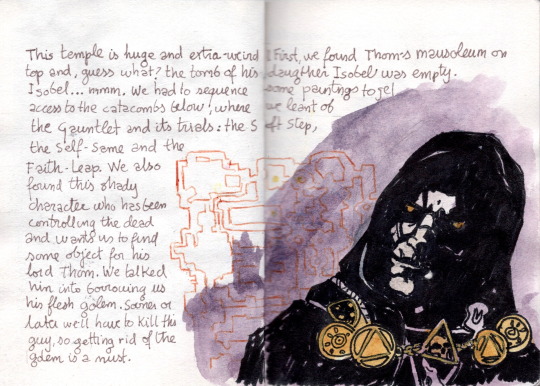
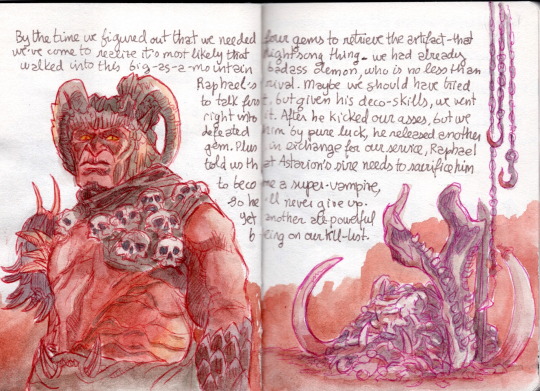
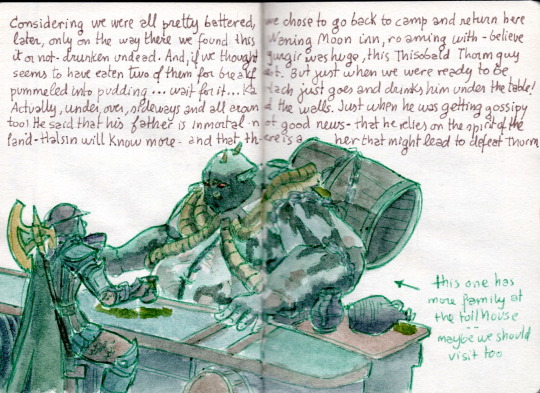
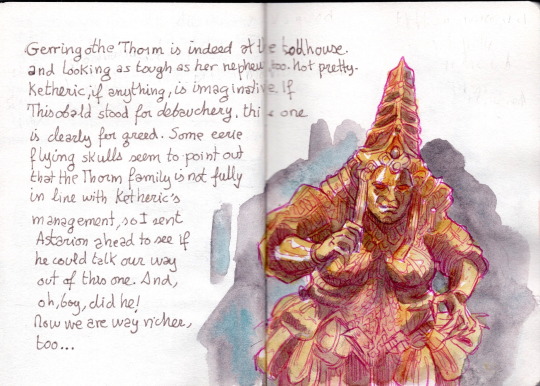
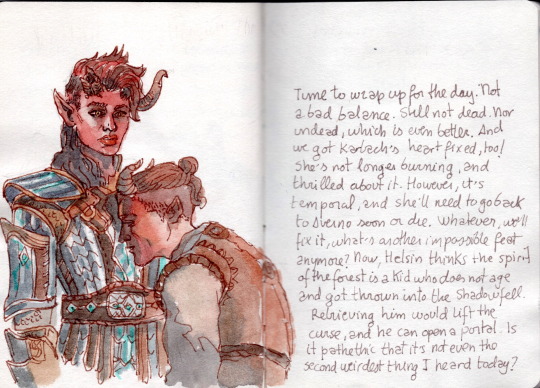
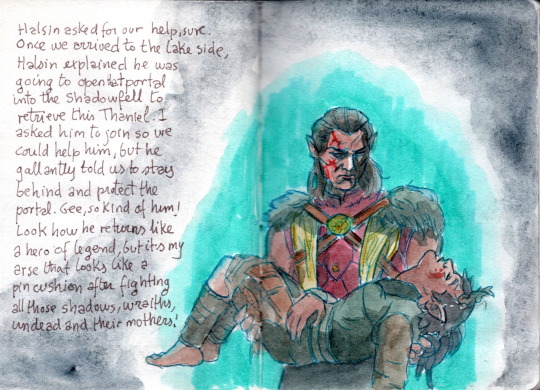
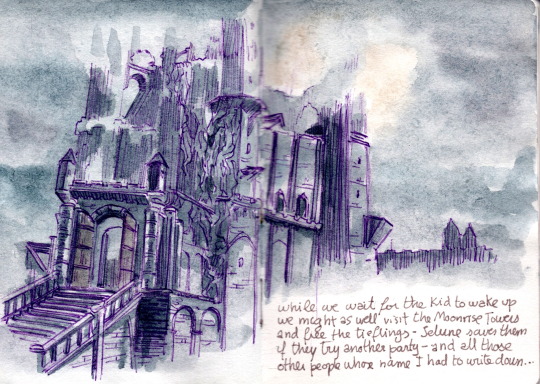

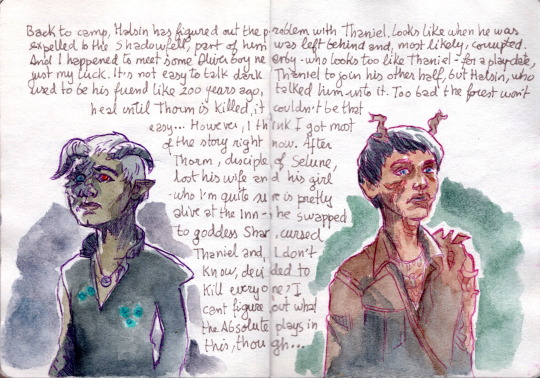

Shar's Sanctuary, the Thorms, Nightsong and Moonrise towers. On with the party!
An explorer's journal in Faerun:
Pages 1-10 - Pages 11-20 - Pages 21-30 - Pages 31-40 - Pages 41-50 - Pages 51-60 - Pages 61-70 - Pages 71-80
#videogame journal#fanart#walkthrough#baldur's gate 3#bg3#larian studios#nightsong#thisobald thorm#ketheric thorm#halsin#moonrise towers#shar sanctuary#karlach
165 notes
·
View notes
Text
The Mass Effect series was originally released to widespread acclaim, with praise heaped on its story of intergalactic war and survival against all odds. However, Mass Effect also tells a story about human colonisation and expansion across the galaxy – a far more complex and fraught topic. (…) It’s important to note that Mass Effect’s whole narrative discussion of colonisation is explored through a colonial lens – and one that represents the act with positivity. For players that do not treat the idea of colonisation with kindness, this narrative can be distinctly alienating.
Aside from Ashley, people were also noticing how dated the dialogue and story felt by today’s standards, and just how problematic it had been. (…) She’s an incredibly uncomfortable character whose views represent most of the human colonists that are expanding their reach through the galaxy. In some respect, it makes the option of leaving her out of your story so much more meaningful – but that decision also comes with its own issues. (…) But where the portrayal of each side differs is in how the aliens are depicted: as the problem. (…) For me, in exploring and saving these human colonists I began to wonder: ‘Are these the people I really want to save?’ For the most part, the answer was ‘no’. (…) Playing Mass Effect years later, I’m irritated with how this series constantly wants you to go along with the actions and dialogue of racist, xenophobic behaviour in order to mine depth and meaning from the plot. The game keeps illustrating the expansion of the human colonies across the galaxy as a good thing, despite those human colonies being filled with racists who want Aliens dead. It makes it hard to root for the humanity portrayed in Mass Effect to survive. I feel as though Mass Effect would have a far more interesting story to tell if we were anything but human. Though it does dabble in the ideas, Mass Effect as a series struggles to portray any meaningful anti-colonialist, anti-expansion narrative, because it simply does not want to. Mass Effect champions a colonial struggle against the threats of an expansive galaxy, and in returning to the game, I realise just how little room there is in this story to find myself and my values.
—Mass Effect’s colonisation narrative isn’t pretty, ten years later by Nich Richie, GamesHub.com (8 Nov 2022)
#video game journalism#video games#Mass Effect#colonialism#racism#xenophobia#fuck humanity#Mass Effect’s colonisation narrative isn’t pretty#GamesHub.com#Nich Richie#TikTok#Ashley Williams#gameluster#politics#in MY videogames?!#well guess i'll just scratch Mass Effect off the damn list 🤷🏿♂️#still got the mindset to play as a Tiefling if I ever do try/endure BG3 though 🤔#def gonna be playin' with a tiny-ass party 'til i find Wyll 😅
1 note
·
View note